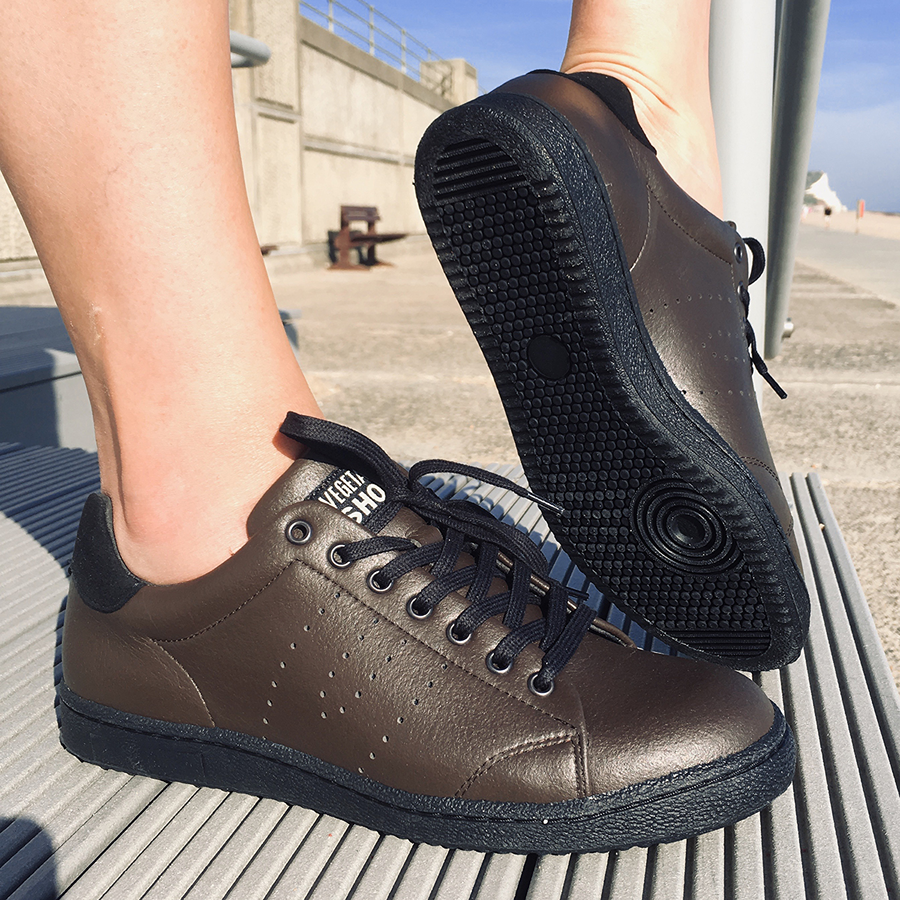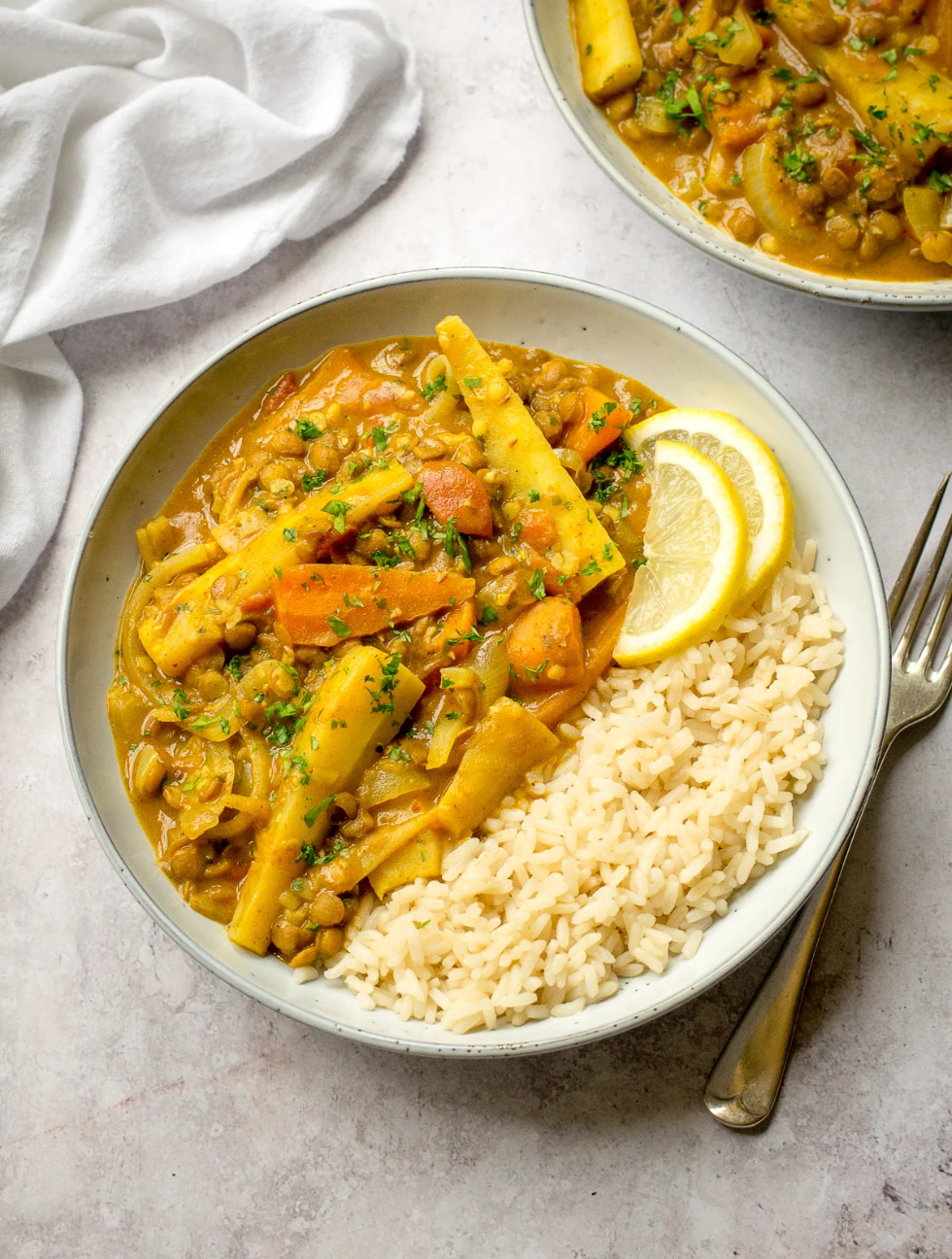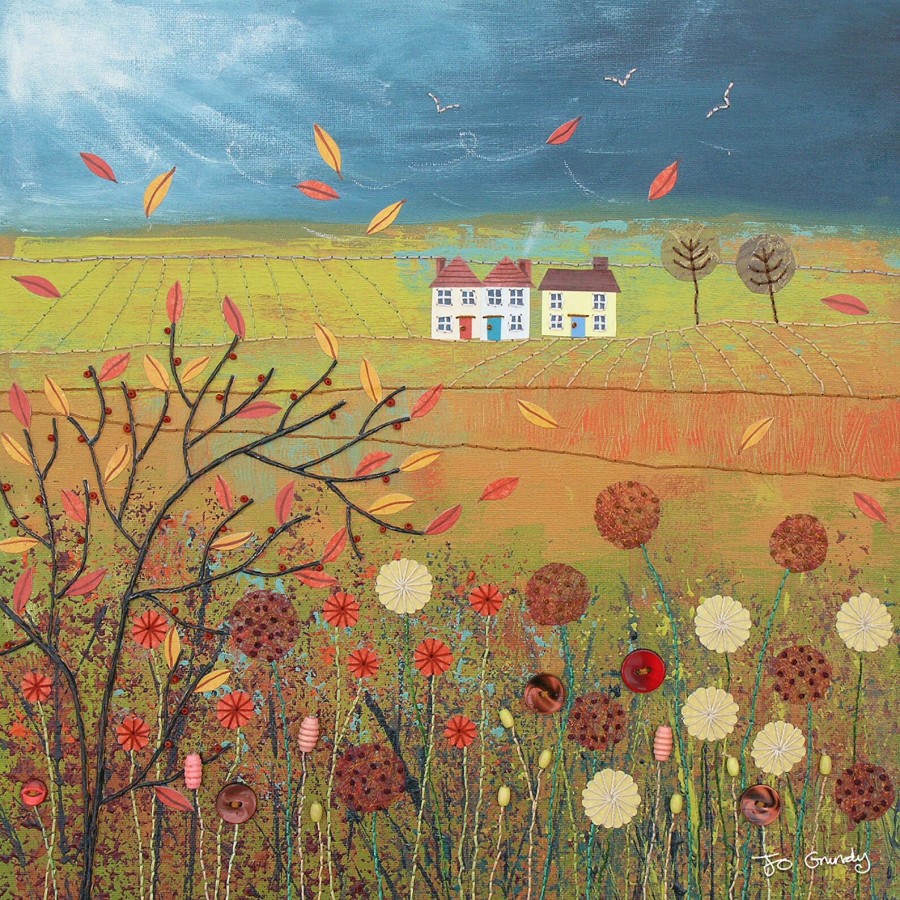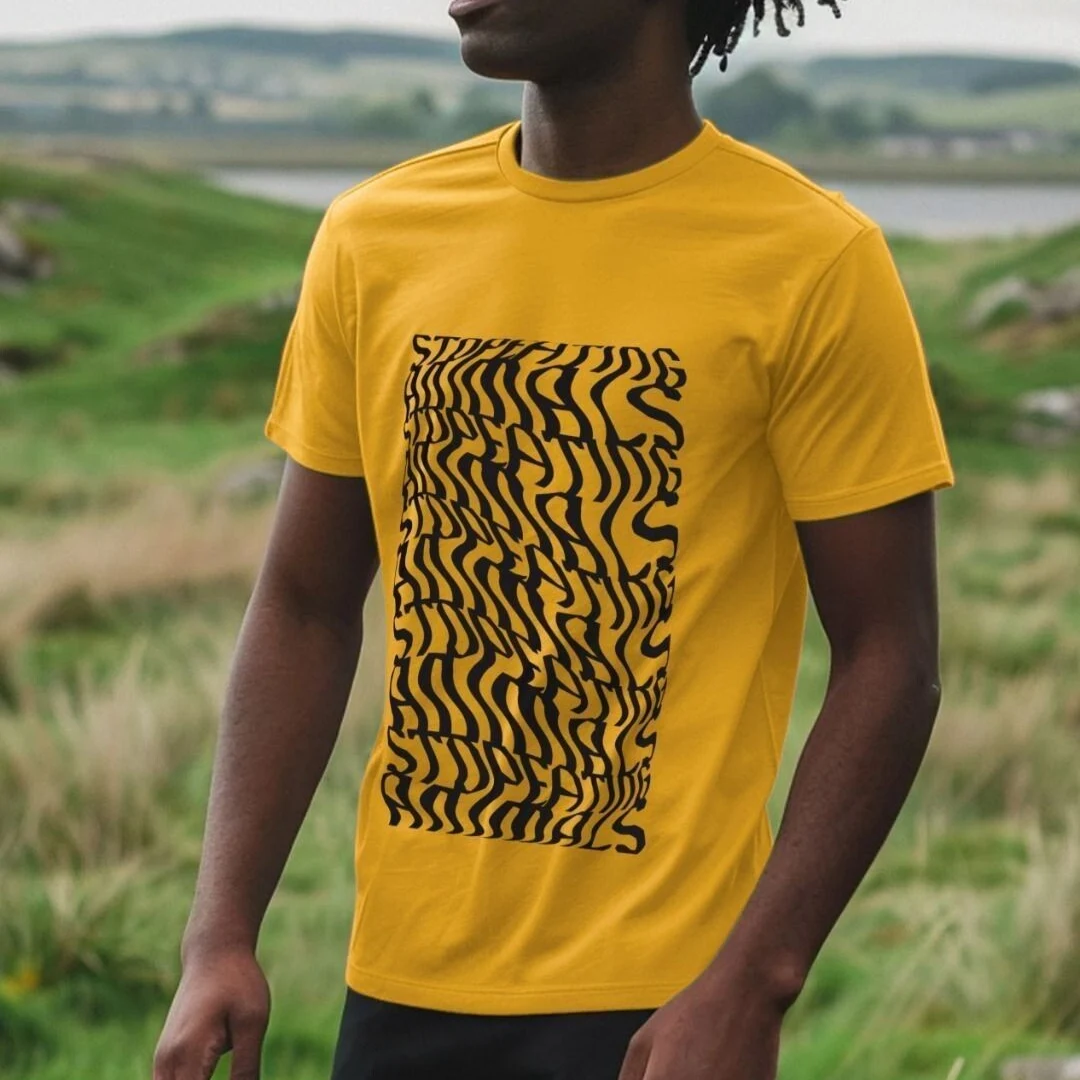Safe and Effective Alternatives to Talcum Powder

You don’t need talcum powder (an inorganic mined substance that may contain asbestos, and has been linked to ovarian cancer – (symptoms include pelvic pain, bloating, feeling full after meals and changes in urination). And babies are at risk from a pulmonary condition from inhaling talc.
Talcum powder is also frequently found in cosmetics (eyeshadows etc). Natural cosmetics may contain zinc oxide, so wash off before letting pets kiss you!
Talc is used to absorb moisture and reduce chafing, but there are plenty of simple, safe and affordable alternatives.
- A soft organic cotton bath sheet patted gently on skin works well.
- Oatmeal baths are good for chafed skin. Just blend oats into a fine powder, add to a warm bath, and soak for 10 to 15 minutes. Losing weight can help bring lasting relief.
- Wear loose breathable (cotton, hemp, linen) clothes to let sweat evaporate.
- If you do use a body powder after bathing, choose talc-free versions. Corinne Taylor Body Powder is made with Bentonite clay, jojoba seed oil, chamomile flower extract and essential oils (avoid for pregnancy/nursing).
Talcum Powder Alternatives for Babies
Again, you don’t need to use baby powder. If you do, Bijin is made with organic rice starch and colloidal oatmeal (good for eczema). Sprinkle onto folds of the neck, thighs and under arms to absorb moisture. Or add to a baby bath, to create a milky infusion.
Tips for keeping babies safe at bath time:
- NHS has a 2-minute video by a midwife. Never leave babies alone for a second (even with older children).
- Do not use baby bath seats, these can quickly detach and drown babies, even in a few centimetres of water.
- Run cold water first (then add hot water, testing with your wrist or elbow). Keep your baby’s head clear of water.
- Don’t bathe straight after feeds, or if hungry or tired.
- Avoid baby oils in baths (can cause slipping).
- Don’t use cotton buds to clean baby’s ears (the cause of nearly all infections).
How to Treat Nappy Rash (without talc)
- Choose natural cotton or hemp clothing and change nappies regularly.
- Earth Conscious Baby Balm (made on Isle of Wight) is made with organic coconut and other oils and shea butter (not for latex allergies), sold in a metal tin. Can also be used by adults for dry and irritated skin.
- Green People Organic Nappy Cream is made with water-repellent berry wax, anti-inflammatory chamomile oil and hemp seed oil (fatty acids). The squeezy sugar-cane tube is easily recycled. Contains zinc oxide, so don’t use near pets.






